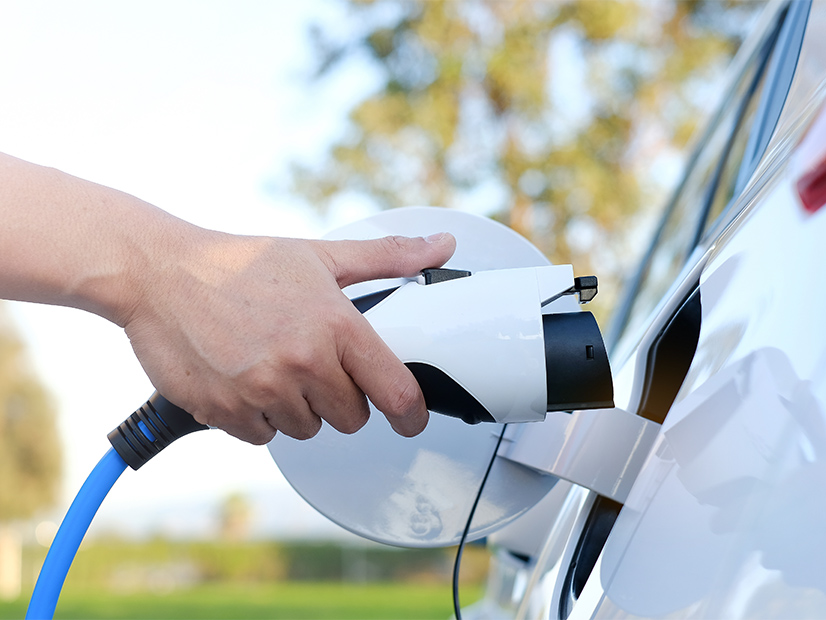Looking to read the full article? Scroll down and login or sign up today!
Page Reload Scroll Position
Mass. Has Bright EV Future Despite TCI-P Loss, Advocates Say

Advocates and policymakers talked electric vehicles at a NECA panel this week. | Shutterstock
Jan 28, 2022
As federal infrastructure funds arrive, TCI-P revenue looks less and less likely. Where does that leave EVs in Massachusetts?
This will use one of your annual article gifts. Are you sure?
Here is the shareable URL for this article. Be sure to note it, as it will not be shown again:


